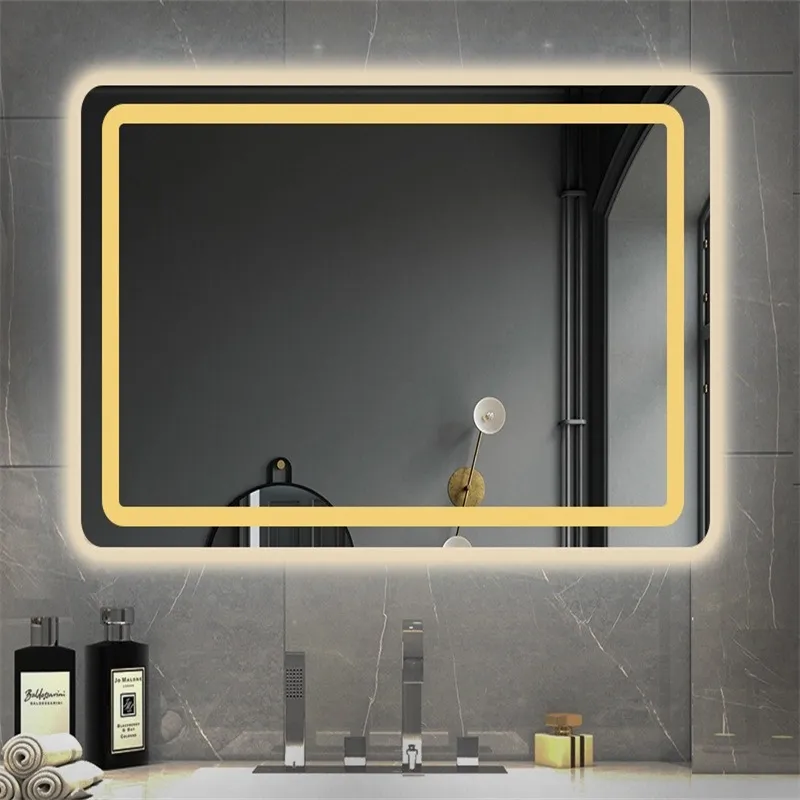Sep . 22, 2024 19:36 Back to list
insulated glazing
Insulated Glazing The Key to Energy Efficiency and Comfort
In the modern world, energy efficiency has become a paramount concern, especially in residential and commercial buildings. A significant contributor to energy loss is windows. Traditional single-pane windows are notorious for allowing heat to escape in the winter and enter in the summer, leading to increased energy consumption for heating and cooling. However, insulated glazing offers a revolutionary solution to this age-old problem.
Insulated glazing, often referred to as double or triple glazing, consists of two or more glass panes separated by a space that is either filled with inert gas or vacuum-sealed. This design creates a barrier that significantly reduces the transfer of heat. As a result, buildings equipped with insulated glazing enjoy improved thermal performance, leading to lower energy bills and enhanced comfort for occupants.
The effectiveness of insulated glazing lies in the space between the glass panes. Typically filled with gases like argon or krypton, this space minimizes convection and conduction, which are the main pathways of heat transfer. Argon, for example, is a non-toxic and colorless gas that has a lower thermal conductivity than air, making it an excellent insulator. Additionally, advances in glazing technology have led to low-emissivity (Low-E) coatings being added to the glass. These coatings reflect heat back into the building during winter while keeping unwanted solar gains at bay during summer.
insulated glazing

The benefits of insulated glazing extend beyond energy savings. Noise reduction is another significant advantage. The multiple layers of glass along with the insulating gas help muffle outside sounds, creating a quieter indoor environment. This feature is particularly beneficial for buildings situated in noisy urban areas, schools, hospitals, and residential homes near busy roads.
Furthermore, insulated glazing contributes to sustainability. By reducing the demand for heating and cooling, these windows lower carbon emissions associated with energy generation. This is increasingly important in the context of climate change, where every effort towards sustainability counts. The enhanced energy efficiency of insulated glazing can help builders and homeowners qualify for green certifications, which can also potentially increase property value.
Installation of insulated glazing is an investment that pays off in the long run. While the initial cost might be higher than traditional glazing, the reduction in energy costs over time and increased comfort justify the expense. Many governments and energy companies provide incentives for upgrading to energy-efficient windows, making the transition even more appealing.
In conclusion, insulated glazing stands out as a cornerstone of energy-efficient architecture. With its ability to reduce heat loss, lower energy bills, enhance comfort, and contribute to sustainability, it represents a smart choice for anyone looking to improve their living or working environment. As technology advances and awareness of energy efficiency grows, insulated glazing will likely become an even more prominent feature in the future of building design.
-
Safety and Style with Premium Laminated Glass Solutions
NewsJun.24,2025
-
Reinvents Security with Premium Wired Glass
NewsJun.24,2025
-
Premium Float Glass Line for Modern Architecture
NewsJun.24,2025
-
Low Emissivity Glass for Energy-Efficient Architecture
NewsJun.24,2025
-
High-Performance Insulated Glass Solutions for Modern Architecture
NewsJun.24,2025
-
Elevates Interior Style with Premium Silver Mirror
NewsJun.24,2025
Related PRODUCTS














